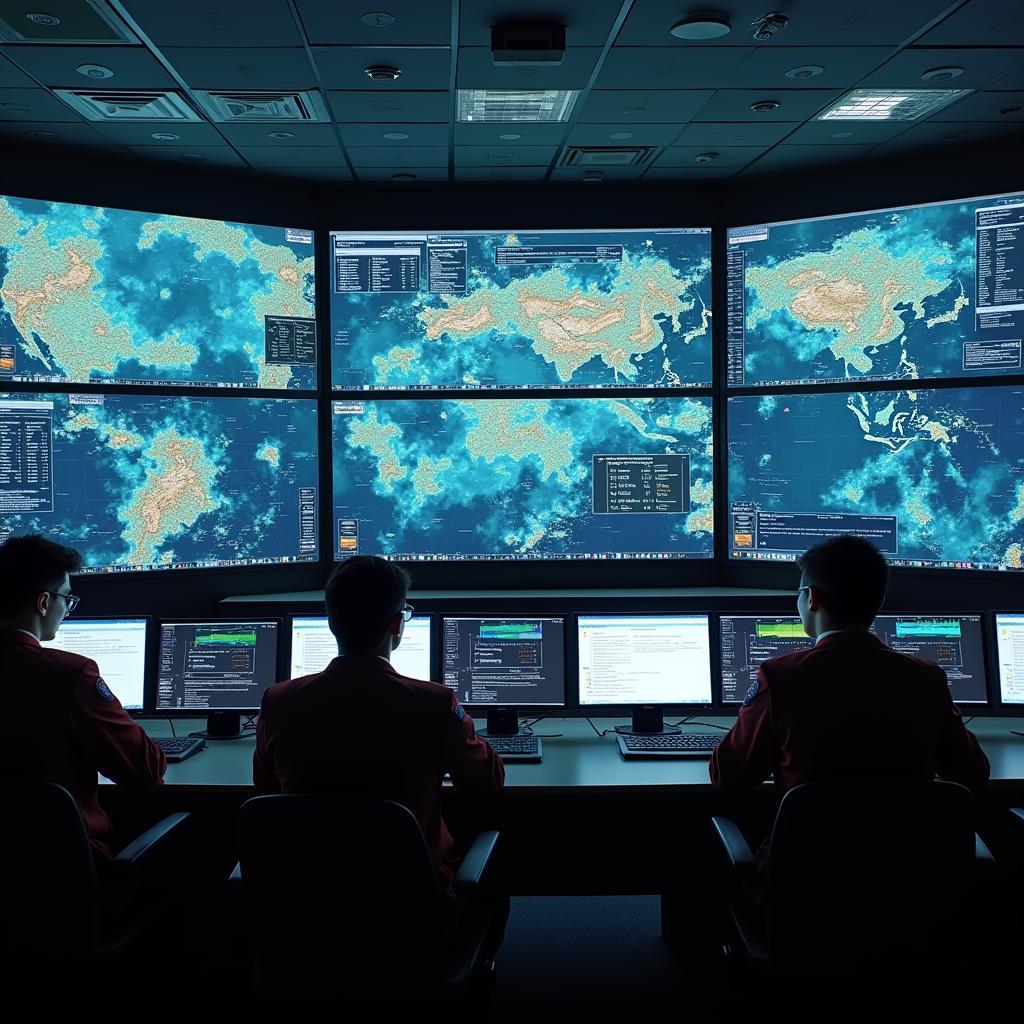Passage 1: The Evolution of Disaster Management
Recent advances in artificial intelligence have revolutionized how we respond to natural disasters. Traditional disaster management systems, while effective in their time, have faced significant limitations in predicting and responding to catastrophic events. As AI in managing natural disasters becomes more sophisticated, emergency responders can now access real-time data and make informed decisions faster than ever before.
Table Of Contents
The implementation of AI-powered systems has transformed three key areas of disaster response. First, predictive analytics enables authorities to forecast potential disasters with unprecedented accuracy. Second, automated early warning systems can alert populations hours or even days before a catastrophic event. Third, resource allocation algorithms help optimize the distribution of emergency supplies and personnel.

These technological advancements have proven particularly valuable in regions prone to natural disasters. For example, during the 2022 Pacific typhoon season, AI-driven disaster management systems helped reduce evacuation times by 45% compared to previous years. The success of these systems has led to increased investment in AI technology for disaster preparedness worldwide.
Passage 2: AI Applications in Crisis Response
The integration of artificial intelligence into disaster response frameworks has created a paradigm shift in emergency management. Modern AI systems can process vast amounts of data from multiple sources, including satellite imagery, social media feeds, and weather stations, to create comprehensive situation reports in real-time.
One of the most significant developments has been the emergence of machine learning algorithms capable of analyzing historical disaster data to identify patterns and predict future events. These systems have demonstrated remarkable accuracy in forecasting various natural disasters, from hurricanes to earthquakes. The technology has become particularly crucial as how climate change affects global supply chains continues to intensify the frequency and severity of natural disasters.
Passage 3: Future Perspectives and Challenges
While the benefits of AI in disaster response are evident, several challenges remain. The implementation of these systems requires substantial infrastructure investment and technical expertise. Additionally, concerns about data privacy and security must be addressed as these systems collect and process sensitive information.
Looking ahead, AI’s role in fighting climate change will become increasingly important. Researchers are developing more sophisticated algorithms that can not only predict disasters but also suggest mitigation strategies. The integration of blockchain for improving global humanitarian aid efforts with AI systems promises to enhance transparency and efficiency in disaster relief operations.